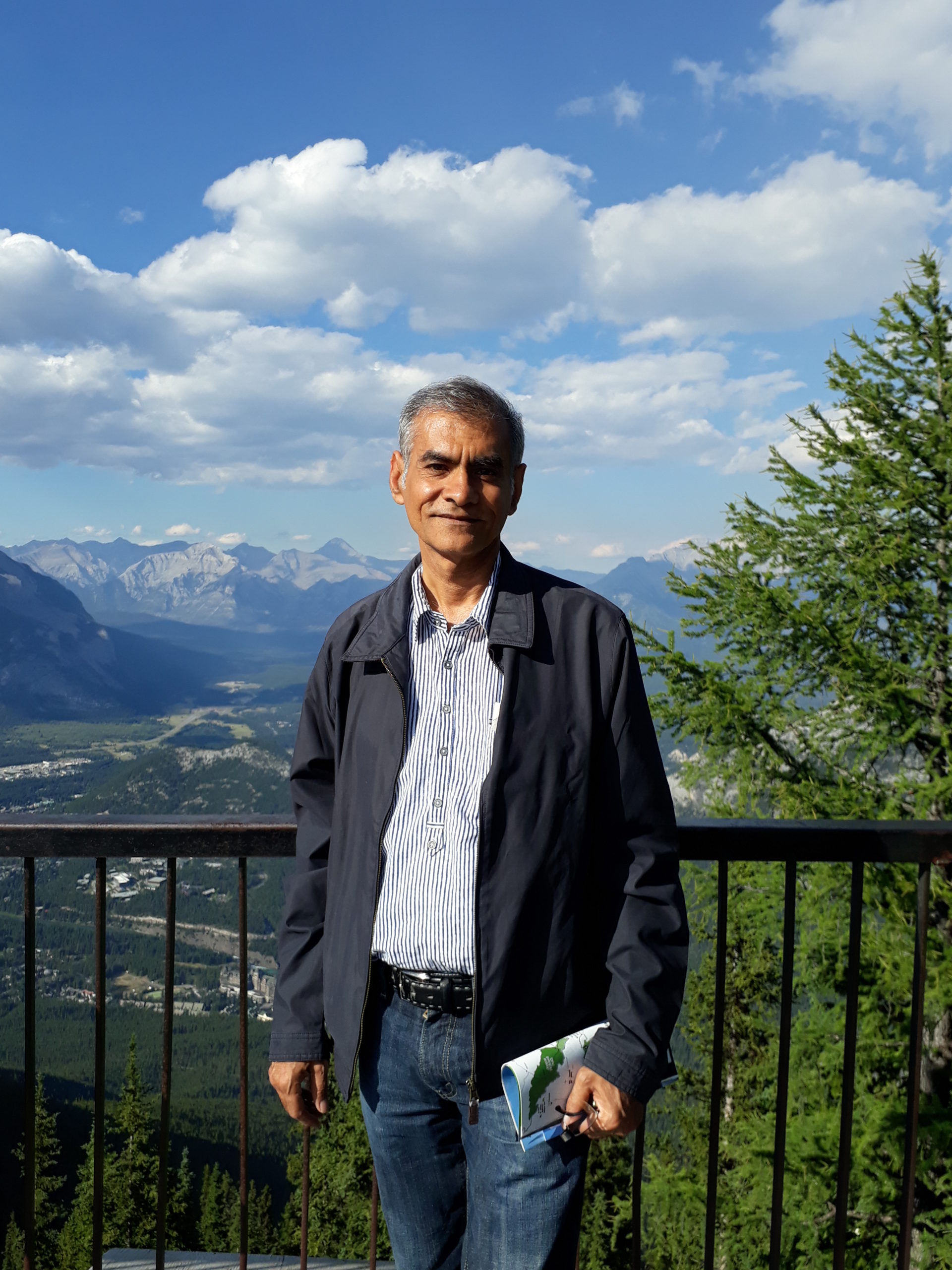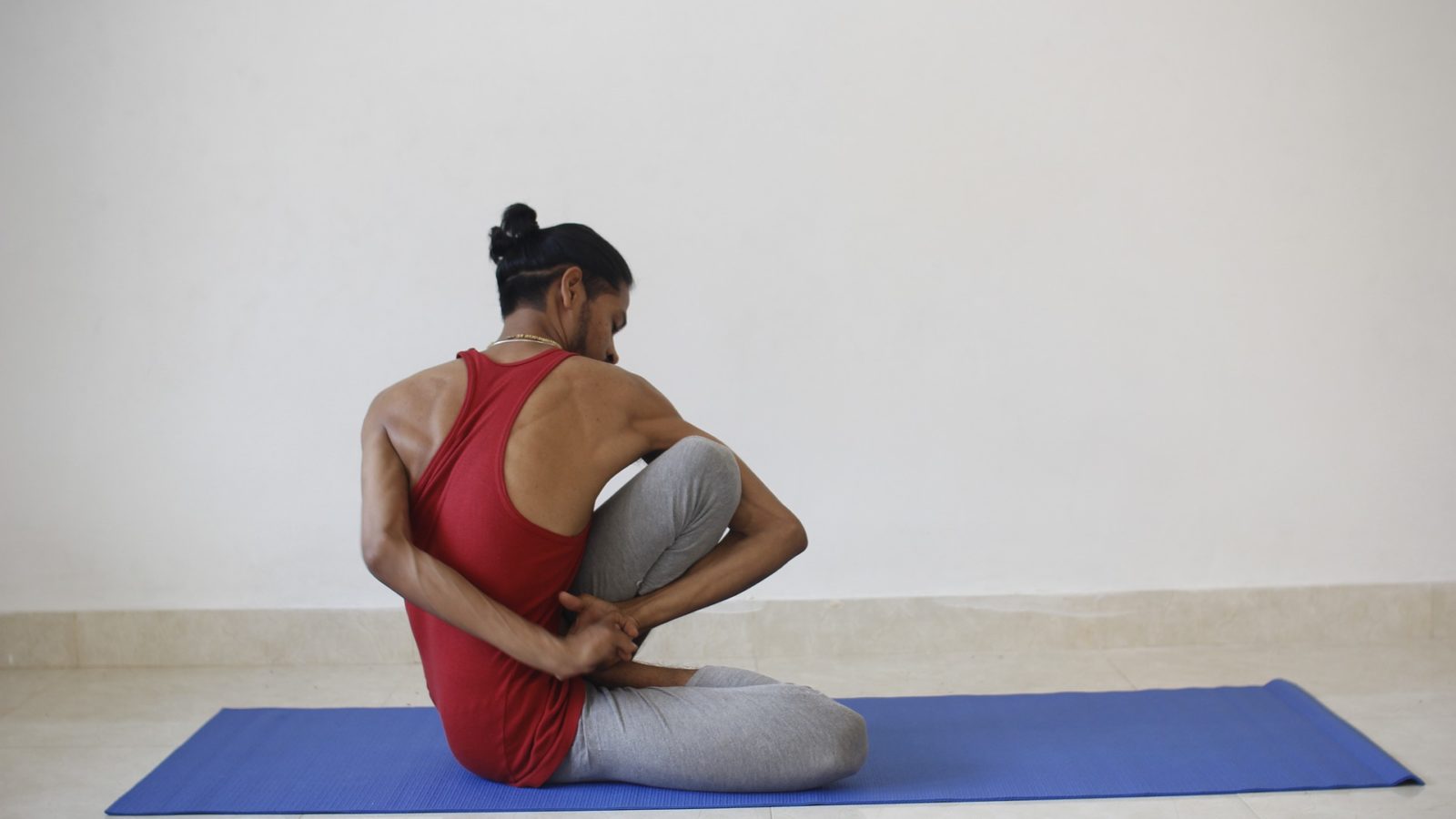Even for those who are amenable to taking injections, the sight of an iodine dye shot is enough to create a swarm of butterflies in one’s stomach. I lay in an embryonic position with two people tightly clasping me while the good doctor slowly administered his shot with utter indifference to my agony, and with a steadiness that lasted almost a minute. My Creator paid no heed to my invocations, since after all, without this procedure my doctors were not going to be able to figure out the damage done to my back.
This incident happened over three decades ago consequent to a severe fall while playing squash, and it seemed as if the fall had lengthened one leg at the expense of the other. My diagnosis revealed a condition just short of a slipped disc, and led to my being put on traction for a short while. For the next 15 years, I struggled with intermittent back-aches that would get severe enough to stop me from carrying even a laptop bag.
Fast-forward to 2012, and here I was with a group of a dozen extended family members touring Uzbekistan. This holiday saw us cover four destinations in eight days and being the youngest male member, I had no choice but to lead the lifting and shifting of several suitcases. When I returned to Mumbai, I was expecting my back to cave in, but despite my fears it stood firm. This was the true litmus test that yoga had spun its magic in ways other treatments could simply not measure up.
To complete the story, around the turn of the millennium, I had come across a banner at Mumbai’s Kaivalyadham Yoga Health Centre offering a two-week workshop on ‘Back Care through Yoga’. I’d had prior exposure to yoga, but this programme seemed wholly focused on the lower back and cervical spondylosis. The workshop imparted a balance of key yogic practices of Asanas, Pranayama and Dhyana and additionally discourses and talks on daily health promoting routines and the appropriate attitude towards life and living. We also had two lectures from eminent orthopaedic surgeons who were building bridges between anatomy and physiology on one hand, and yogic practices on the other. By the end of Day Six, I started observing visible improvements to my condition and I carried out these practices religiously for a year, after which I continued with them but at lesser frequency.
Above. Yoga asanas useful for building resistance to back aches. Note, yogic practices must be carried out under the supervision of an experienced yoga teacher. Picture Credit Kaivalyadham, Mumbai
The beauty about yoga is that it is designed to heal holistically. Back-aches are rarely attributed to only physical injury and arise mostly on account of a combination of psycho-somatic factors which include mental stress, negative attitudes, poor diet, inadequate sleep and rest, lack of periodical exercises and faulty body postures.
It is undeniable that in most cases something as basic as body posture can contribute to severe back aches. Incorrect standing, sitting and sleeping postures put enormous demands on the spine, intervertebral discs, ligaments, muscles and nerves. Yoga asanas help in checking and reducing the strain on all parts of the back. The second-most common cause for back aches is stress and emotional strain. Yoga helps in mitigating tension and directs us towards a state of balance and equanimity.
Back-care starts with correct posture during common daily activities. While standing, it is prudent to stand erect with the body weight evenly distributed on both feet. While sitting on a chair, the height of the chair should be such that both feet are firmly touching the floor. The depth of the chair should not be more than the width of the chair and the chair should not be reclining. It is essential to use the back-rest so that one does not keep the lumbar region curved. While sleeping, pay attention to the mattress and pillow. A firm mattress which is not too hard and not too soft is best, and the pillow should be of thickness which is no more than the breadth of one’s shoulder while lying on the side. Also, one needs to be careful while lifting any heavy objects and the back needs to be totally erect by assuming a squatting position when lifting.
More than anything else, yoga has helped me become a cooler, calmer and collected person. Basic pranayama such as aum-vilom and naddi-shodhana are easy, can be done quickly, and produce great results when done in conjunction with asanas. Dhyana or meditations such a yoga nidra, antar mouna or anna panna, deprive you of stress and are great recharge options.
When the heat is on, it may not be advisable to plunge into yoga. Instead one should look at physiotherapy along with orthopedic aids which work best. However, to achieve sustainable and long-lasting benefits it is yoga that one needs to look up to. Leave alone fixing one’s back, the set of yoga practices can be the gateway to a resilient body and blissful mind.
Want to share your story of how you thrive? Write to us at [email protected]


